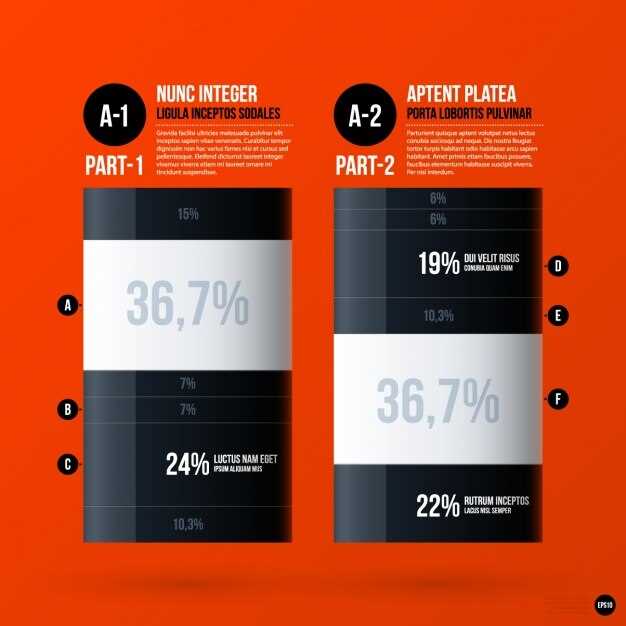
Introduction
In this section, we delve into a comprehensive analysis of two widely used muscle relaxants, each offering unique benefits for managing muscular discomfort and tension. Understanding their mechanisms, effects, and potential side effects is crucial for informed decision-making in therapeutic interventions.
Mode of Action

Muscle relaxants operate through distinct pathways, targeting the central nervous system to alleviate muscle spasms and associated discomfort. While one exerts its effects by modulating neurotransmitter activity, the other functions by influencing neural signals, resulting in relaxation of muscle fibers.
Effects
- Efficacy: Both options demonstrate effectiveness in relieving muscle tension, yet nuances exist in their onset and duration of action.
- Tolerance: Understanding the development of tolerance is essential for prolonged use, as it can impact long-term therapeutic outcomes and dosage adjustments.
- Adverse Reactions: Exploring potential side effects sheds light on their safety profiles, aiding in risk-benefit assessments for individual patients.
Considerations

- Indications: Assessing specific clinical scenarios and indications guides selection, ensuring optimal outcomes tailored to patient needs.
- Contraindications: Recognizing contraindications and precautions is imperative to avoid adverse events and ensure patient safety during treatment.
- Interactions: Understanding potential drug interactions helps mitigate risks and optimize therapeutic regimens, particularly in patients with complex medication profiles.
Embarking on this comparative journey elucidates the nuanced differences between these muscle relaxants, empowering healthcare professionals to make informed decisions in tailoring treatment strategies to individual patient needs.
Comparing Methocarbamol and Flexeril: Which Muscle Relaxant is Right for You?
In this section, we delve into the intricacies of these two muscle relaxants, exploring their distinct qualities and potential benefits. Understanding the nuances between these medications is crucial in determining which one aligns best with your individual needs and health goals.
- Mode of Action: Unveiling how each medication operates within the body, elucidating their mechanisms of action, and shedding light on how they alleviate muscle discomfort.
- Efficacy: Investigating the effectiveness of each muscle relaxant, discerning their potency in providing relief from muscle spasms and tension.
- Side Effects: Delving into the potential adverse reactions associated with both medications, ensuring a comprehensive understanding of the risks involved.
- Dosage and Administration: Providing insights into the recommended dosage regimens and proper administration techniques for optimal therapeutic outcomes.
- Interactions: Exploring possible drug interactions with other medications or substances, safeguarding against potential complications.
By dissecting these factors, we aim to empower you with the knowledge needed to make an informed decision regarding the most suitable muscle relaxant for your specific circumstances. Your health and well-being are paramount, and selecting the right medication is a vital step towards achieving relief and enhancing your quality of life.
